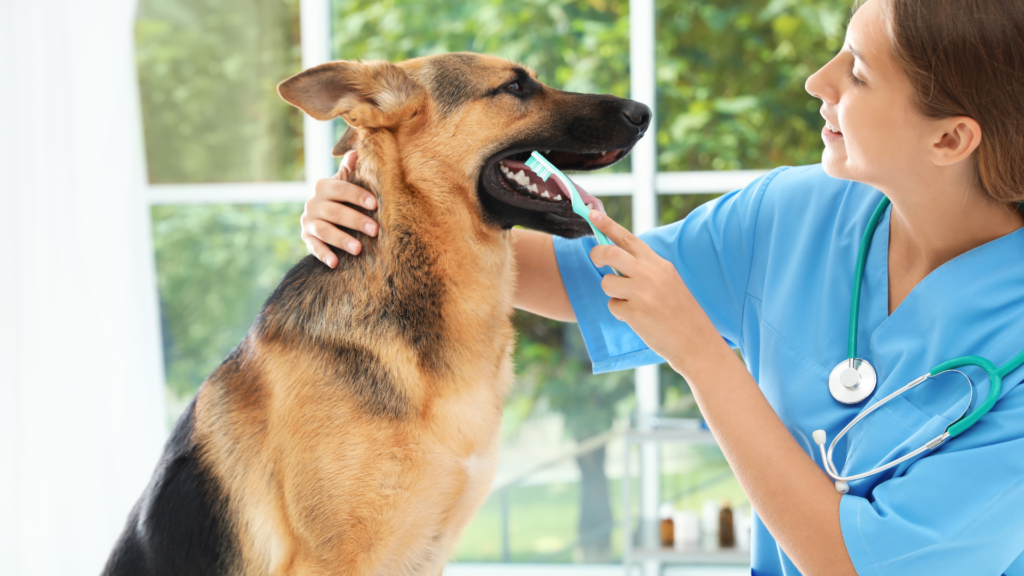Dental Care
Prevent Pain & Protect Your Pet’s Overall Health
Healthy Smiles, Happier Pets: Expert Dental Care
Just like in humans, dental health plays a crucial role in your pet’s overall well-being. At Boca Palms Animal Hospital, we provide comprehensive dental care to prevent pain, infections, and serious health issues caused by dental disease. Regular cleanings and exams help keep your pet’s teeth strong, breath fresh, and gums healthy for years to come.
Unchecked dental disease can lead to severe complications, including heart, liver, and kidney issues. Our veterinary team offers professional cleanings, digital dental X-rays, extractions, and at-home care guidance to ensure your pet’s oral health remains in top condition.

- Comprehensive Dental Exams & Cleanings
- Digital Dental X-Rays for Early Detection
- Tooth Extractions & Advanced Oral Surgery
- Treatment for Gum Disease & Infections
- At-Home Dental Care Guidance & Products
- Pain Management & Post-Dental Care
The Importance of Routine Pet Dental Care
Over 80% of dogs and 70% of cats show signs of dental disease by age three, making regular cleanings essential to prevent plaque buildup, bad breath, and serious infections. By staying proactive with your pet’s oral health, you can help them avoid painful conditions like gingivitis, tooth decay, and jaw infections.
Our dental exams include thorough cleanings under anesthesia, allowing us to remove tartar, assess gum health, and address any underlying issues. We also provide personalized recommendations for at-home care to keep your pet’s teeth healthy between professional visits.
Schedule Your Pet’s Dental Exam Today
Good dental care is key to a long, healthy life for your pet. Schedule a professional dental exam and cleaning at Boca Palms Animal Hospital today, and help your furry friend maintain a healthy smile for years to come!
